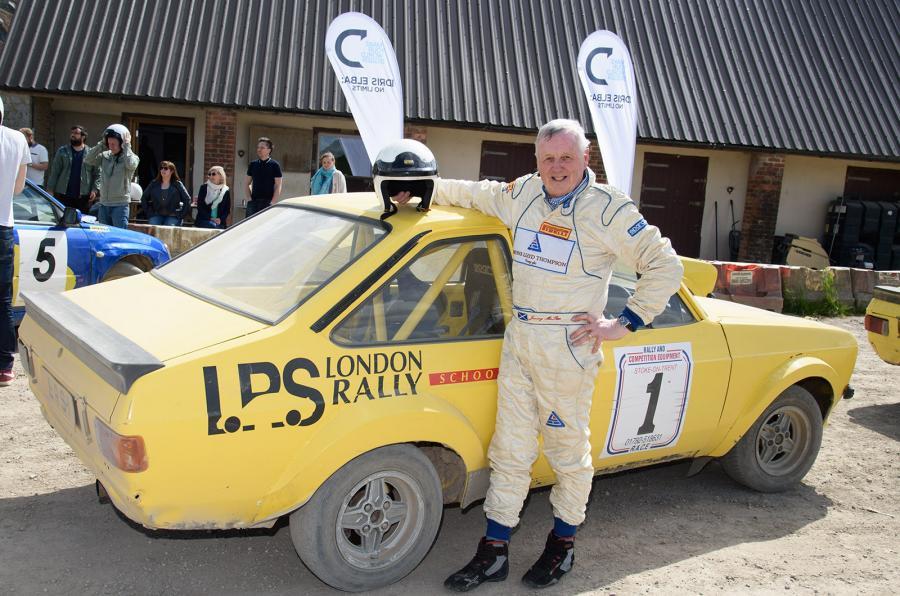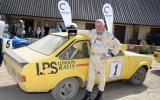“Rallying is all about getting from A to B quicker than the rest.” Sounds easy.
But these are the words of Jimmy McRae, a man with a talent and rallying pedigree that, like all the best folk in any particular discipline, make it all look so easy.
Of course, for mere mortals rallying is anything but easy. I know this because Jimmy and other experts tried to access my inner McRae gene, which, as it turned out, most likely isn’t there.
You can read about that on here later this week. In the meantime, though, chatting with Jimmy gave me an insight into what it takes to be a five-time British rally champion. He also passed the rally gene down to two of his famous rallying sons, Alister and the late, great Colin. Recently, he's been teaching film star Idris Elba how to do it as part of a new TV show.
On the subject of that gene, I ask Jimmy just how far natural ability will get you – if such a thing exists, of course.
“If you want to be successful, you have to have natural ability,” he says. “Anyone at the top, they have that natural ability somewhere.
“When you start learning, it is how you use the throttle, steering and brakes, how they feel and how you respond and stay in control. Once you have that, you build in the speed and progress from there.
“It takes a long time to get up the ladder, but once you’re there it will be because of a natural ability somewhere.”
Sounds conclusive. So once you have that ability, just what technical skills do you build in?
“It’s all a balancing act," he says. "You have got to get the balance right between brakes, throttle and steering, be able to take all that to the limit by adding cornering speed, knowing how late you can brake, how much you can slide the car and still be in control.”
There’s more, not least the reliance you have on the navigator sitting next to you calling the pace notes, and the relationship you have to build up.
“The relationship has to be the best; you’re relying on each other to be correct, and you have to trust them to be telling you the truth that you really should be flat-out in sixth. They have to be in control as well,” he says.
“Rallying is the ultimate multi-discipline event – if you don’t get one of the elements right you simply won’t be quick enough. “














Add your comment